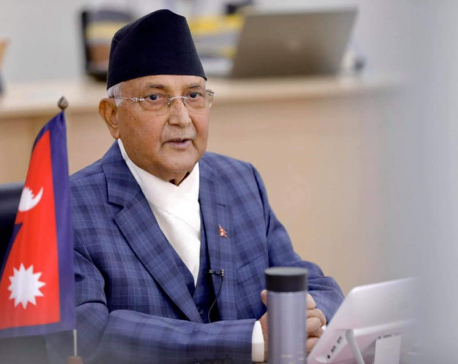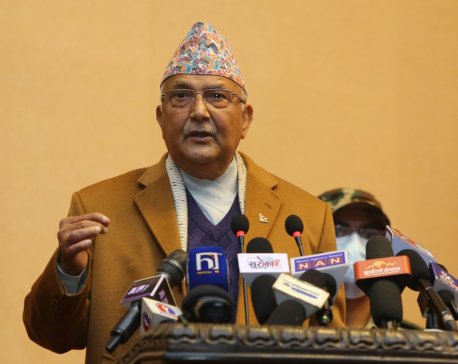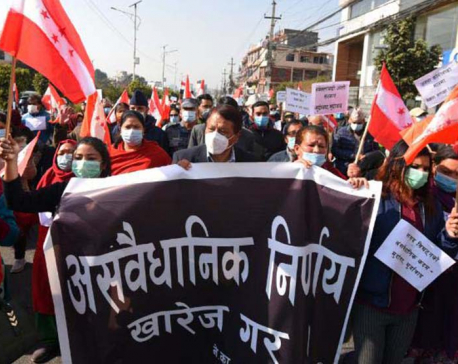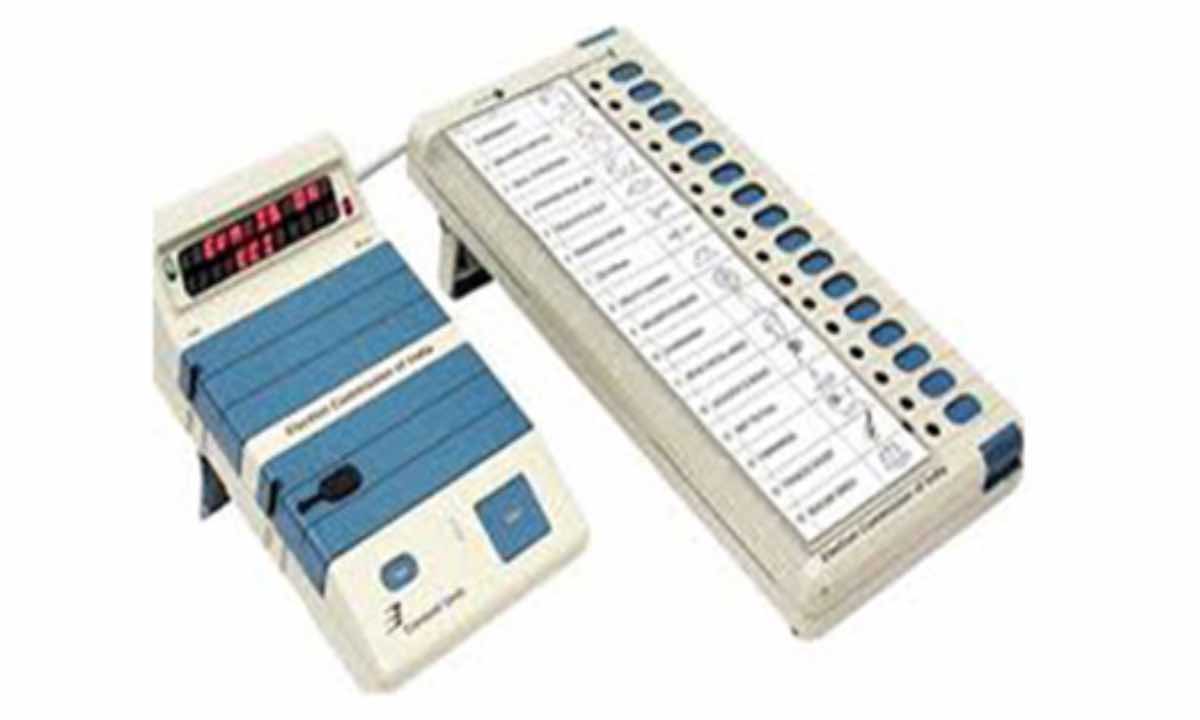
OR
Assessing constitutionality of parliament dissolution
Published On: February 1, 2021 06:30 AM NPT By: Sneha Shrestha


Sneha Shrestha
Sneha Shrestha, LLB, LLM, recently completed her Bar Professional Training Course (BPTC) at The City Law School and was called to the Bar of England and Wales. Views are personalnews@myrepublica.com
More from Author
Dissolution of the House of Representatives is the last resort, only when all options mentioned in Article 76(1), (2), (3) and (5) are exhausted.
On Sunday, January 24, I called my parents for a conversation about my day and the past week. Just as talking to my mother was coming to an end, my father asked to speak to me. He asked if I knew about the current political situation in Nepal. It had been an eventful month for me and I was unaware of the situation in Nepal. I replied, “No, not at all.” He smiled—it was a video call. Then he asked me if I had read the Constitution of Nepal. Although I did know it was promulgated on September 20, 2015 and I was aware of some of its provisions, I had to admit that I had not read the entire document page for page. He said, “Good. So, now I want you to read Articles 76 and 85 and tell me simply what you understand.”
I was so amazed at this request that I immediately located the online version of the Constitution. I began reading it aloud and subsequently silently in my mind, to make sure that I understood it. I read Article 76(1), (2), (3), (4), (5), (6), and (7). I consequently read Article 85(1). I then gave my father my opinion, step-by-step. Perhaps he wanted an objective view on the black letter law as he may have a subconscious bias due to his political stance. In any case, it turned out to be a stimulating exercise. Given that I had made the effort to read and understand such an important provision of the Constitution of Nepal, it seemed apt to document it while it was fresh in my mind. So, I started typing.
What the constitution says
There appears to be a ‘priority order’ regarding appointment of Prime Minister in Article 76. First, the leader of the political party with the majority seats. If no clear majority then, a member that can gain majority seats by forming a coalition with two or more parties. Once appointed, he/she must receive the vote of confidence of the House of Representatives within 30 days of his/her appointment. If the member cannot attain majority through coalition or fails to obtain vote of confidence within 30 days of appointment then the leader of the largest party—one with the highest number of members—can form the government. Again, s/he must also receive the vote of confidence of the House of Representatives within 30 days of his/her appointment. If the leader fails to obtain vote of confidence within 30 days of appointment then any member that can gain majority seats by forming a coalition with two or more parties and who presents a ground on which he/she can obtain a vote of confidence can form the government. The Prime Minister appointed thus must obtain a vote of confidence. Then if the Prime Minister appointed thus fails to obtain a vote of confidence or if any member fails to be appointed as Prime Minister (ie no member that can gain majority through coalition or present a ground for vote of confidence), then the President shall, on the recommendation of the Prime Minister, dissolve the House of Representatives and fix a date to conduct another election within six months.
The first preference is self-explanatory. If there is a party with clear majority, the leader is appointed as Prime Minister. In the second preference, there must be a member who can form a coalition with two or more parties to gain majority and he/she must obtain the vote of confidence. In the last option, there must be a member who can form a coalition with two or more parties to gain majority and who can demonstrate a ground on which he/she can obtain vote of confidence and he/she MUST obtain the vote of confidence.
If, and only if, all three requirements are fulfilled, can that member be appointed Prime Minister. Having been appointed, if the Prime Minister fails to secure the vote of confidence within 30 days or if a Prime Minister was not appointed at the first place, as they did not qualify or did not show a ground on which they can obtain vote of confidence, then the President can dissolve the House of Representatives and fix a date for re-election, on recommendation of the Prime Minister.
Dissolution of the House of Representatives is the last resort after all options mentioned in Article 76(1), (2), (3) and (5), in priority order, are exhausted. To put it another way, the President only has the power to dissolve the House of Representatives if there is no appointment made under (5), having failed to secure a Prime Minister from the first three options. In that case, the President would receive recommendation for dissolution and re-election from the Prime Minister currently in office. Alternatively, if the newly appointed Prime Minister under (5) cannot obtain the vote of confidence under (6) that also triggers (7). Here, the Prime Minister who was recently appointed under (5) recommends the President to dissolve the House of Representatives and conduct a re-election.
Article 85(1) reinforces the above point as it provides that ‘unless dissolved earlier pursuant to this Constitution’ (under Article 76(7)) the fixed term of the House of Representatives is five years. Accordingly, if a Prime Minister is appointed under Article 76(1), (2), (3) or (5), the House of Representatives shall remain for five years. In other words, the only time the House of Representatives can be dissolved earlier than five years is if a Prime Minister is not appointed under Article 76(5) or upon being appointed under Article 76(5) he/she does not win the vote of confidence.
So who can dissolve the House of Representatives, when and how can it be dissolved?
President can when Article 76(5) is triggered as a Prime Minister could not be appointed under Article 76(1), (2), or (3); upon receiving recommendation from the Prime Minister (incumbent or successor) pursuant to Article 76(7) of the Constitution because the dissolution of the House of Representatives is the last resort.
You May Like This

Is this the time for election?
Government’s effort should have been centered on reviving the economy and protecting people from the huge financial and mental loss.... Read More...

Is parliament dissolution constitutional?
Prime Minister Oli has not been able to prove how exactly the House of the Representatives did not cooperate with... Read More...

What is unconstitutional, what is not?
When we vehemently protest one unconstitutional action but let others slide, it will only serve to weaken the constitution in... Read More...
Just In
- Special Court orders judicial custody for Sunil Paudel over illegal wealth acquisition charges
- District Court Rautahat sentences four individuals including Aftab Alam to life imprisonment
- Class 12 exam starts today with participation of over 390,000 candidates
- Weather expected to be partially cloudy in hilly areas, clear in remaining areas
- Navigating the Digital Diplomacy Divide: Balancing Tradition and Technology in Global Relations
- Youth attempts suicide amid police torture over Facebook comments against home minister
- Time to declare EVMs’ end
- World Malaria Day: Foreign returnees more susceptible to the vector-borne disease

















Leave A Comment